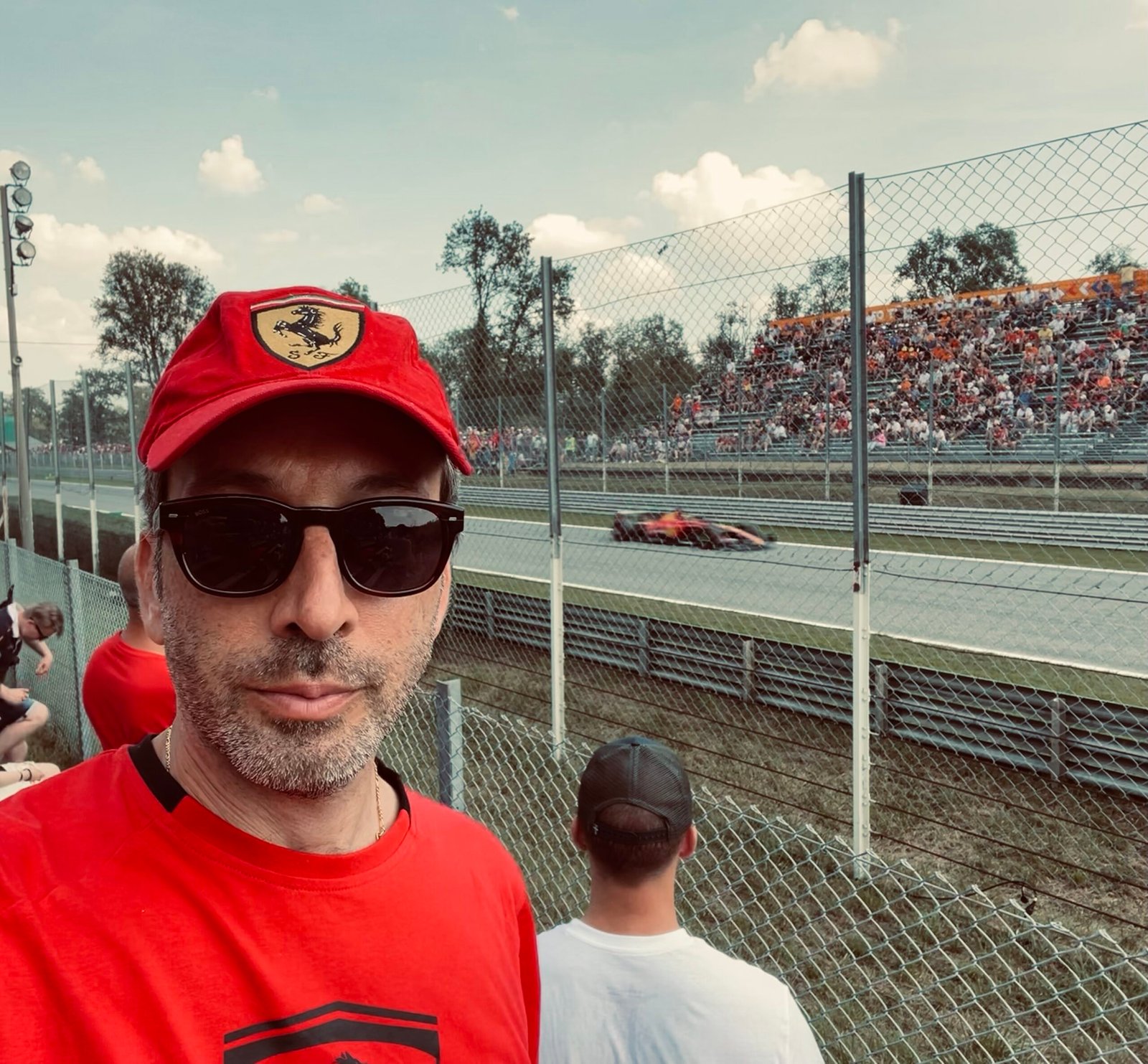I’ve been passionate about Formula 1 since childhood. What has always drawn me in is the fusion of technological excellence and human precision—machines engineered at the edge of possibility, driven by athletes who operate within fractions of a second.
As an aerospace engineer, I often think of F1 not just in terms of aerodynamics, but as a metaphor for life. In my own life, I’ve also come to appreciate what it means to surf the wind—to read invisible forces, adjust in real time, and remain open to constant change. In that sense, Formula 1 is more than a sport; it’s a system of thought.
Zak Brown, CEO of McLaren Racing, recently summed up this balance of human and machine perfectly in a post on X:
“In modern F1, a championship has never been won without the best (or equal best) car over a season… You must understand that F1 is an engineering competition with drivers, not the other way around.”
This doesn’t diminish the role of the driver—it highlights a fundamental truth: performance is the result of systemic harmony. In F1, as in any organization, success is never just about individual brilliance. It’s about team chemistry, resource alignment, and structural adaptability.
The Ferrari Dynamic: Tradition Meets Disruption
As a long-time Ferrari fan, I’ve experienced the agony and the ecstasy. Second place is often seen as failure. Expectations aren’t just high—they’re historic. But this year’s lineup gave me pause for a different reason.
Ferrari now fields Charles Leclerc and Lewis Hamilton—two drivers who embody opposite but complementary roles in a team system:
- Leclerc: The internal product. Developed in-house, steeped in the culture, fluent in its rhythms. He knows the shortcuts, understands the subtleties, and can instinctively navigate Maranello’s way of working.
- Hamilton: The outside force. A proven world champion arrives with fresh eyes. Recently, he submitted a detailed dossier aimed at improving not only the car’s performance but also the team’s internal organization. More than a driver, he brings disruption, clarity, and—crucially—a track record of helping shape championship-winning systems at Mercedes.
Team Dynamics: Internal Memory + External Insight
The Ferrari driver pairing offers an elegant metaphor for organizational balance:
To evolve, every organization needs both internal intelligence and external stimulus.
- Internal talent ensures continuity, cultural fidelity, and operational efficiency. They know where the levers are and how things really get done.
- External hires bring cognitive dissonance—the kind that questions, challenges, and ultimately sharpens performance. They see what insiders overlook. They ask the uncomfortable questions.
But this balance isn’t automatic. It requires intention. When I’ve built teams in my own career, I’ve always tried to mix:
- people who know how to deliver within the system,
- and people who can see the system from the outside—and improve it.
Newcomers will often take longer to perform. They have to navigate the onboarding phase, decode implicit rules, and build trust. But their learning curve is a mirror—one that reveals where the organization needs clarity, simplification, or transformation.
Disruption as Growth
True performance doesn’t come from stability alone—it comes from controlled tension:
- New perspectives challenge the status quo.
- Established players defend tradition but must remain open to change.
- If done right, this tension creates breakthrough.
One critical enabler is retrospective thinking: a team must move from performing → reflecting → evolving → performing again. In F1, this happens via data review, driver debriefs, and system simulations. In organizations, it happens through lessons learned, feedback loops, and structured workshops.
Outside voices are crucial to this process. They introduce the friction needed to sharpen clarity.
Looking Ahead
I hope Ferrari finds the right balance—technically and culturally—to return to championship-winning form soon. Not just the car, but the system—one capable of combining inherited knowledge with disruptive insight.
Because in F1 as in any high-performing team, the winning formula is never static. It’s a moving target shaped by collaboration, challenge, and the courage to change.

Leave a Reply